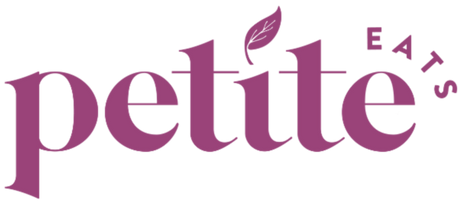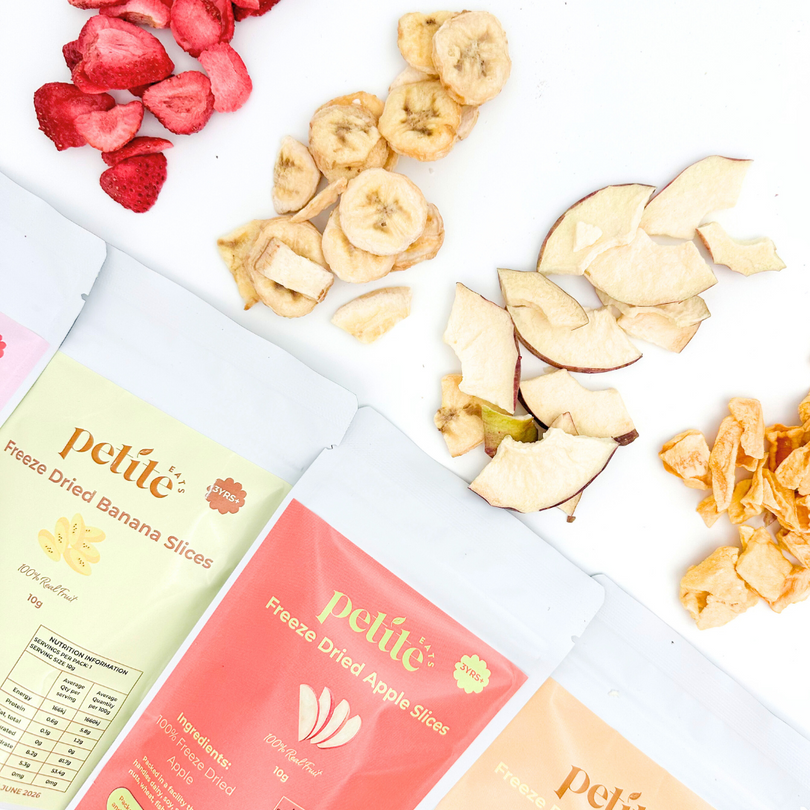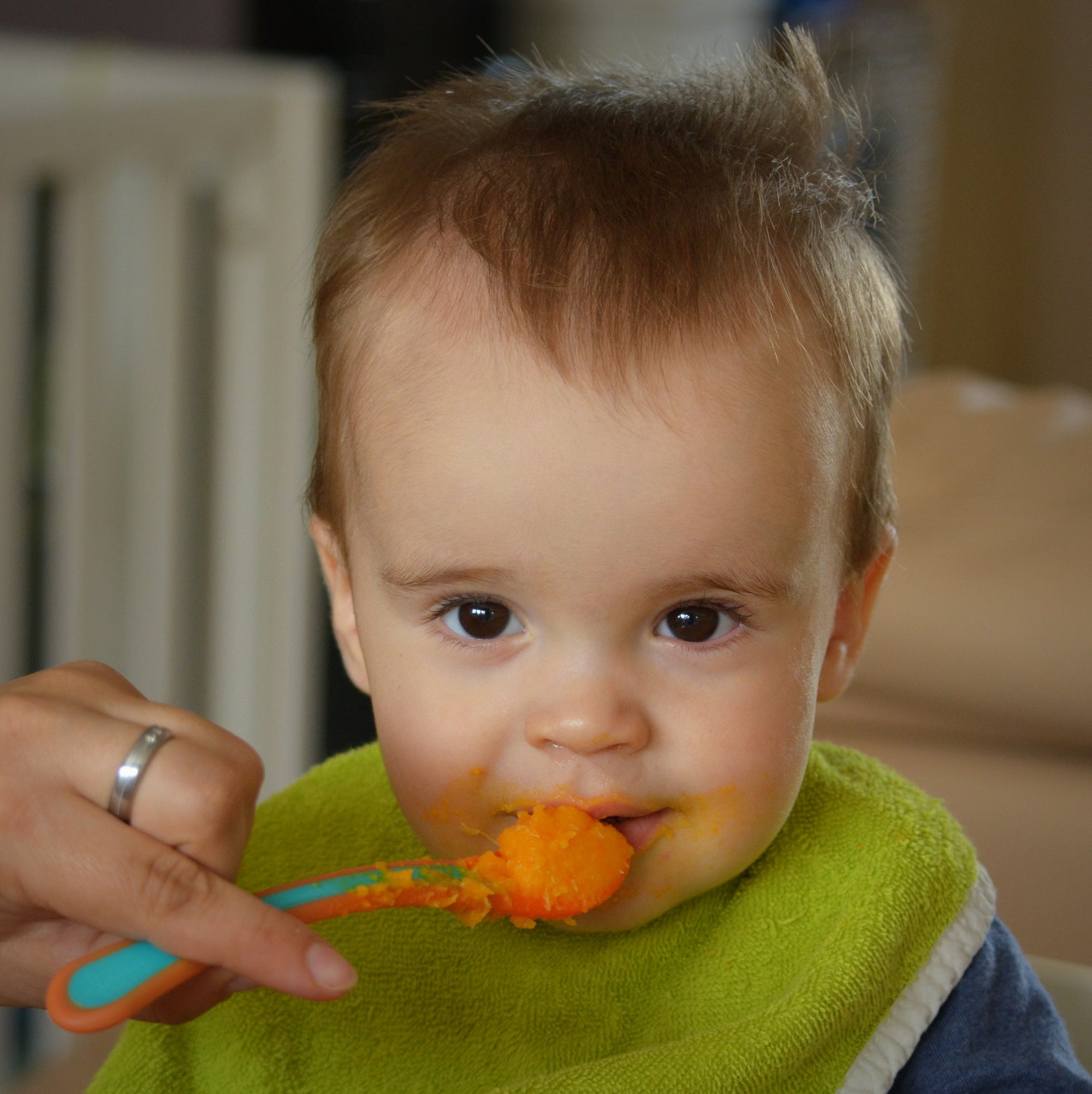Making Sense Of Food Labels
Top Tips from our nutritionist, Charlotte Chapman, from My Foodie Family
We all know what sorts of foods we should be feeding our children, but reading a food label can be daunting, especially when you are in the middle of grocery shopping. This is made even harder whilst shopping with a baby, an older child or both.
It can all get a bit overwhelming trying to read a food label especially with all the marketing out there. We are here to make things that wee bit easier by covering some quick things to glance at using our simple, easy to read packaging as a reference.

- The ingredients list: Always listed in order of quantity from most to least. In this case – the ONLY ingredients are apple, blueberry and quinoa with key ingredients listed as a percentage. Take note of the ingredients and notice what extra foods are added to some baby foods i.e.: fruit that may not be mentioned on the front of pack, ground rice added when not mentioned on the front, and what percentage these are present (if a percentage is mentioned at all). What is also interesting to look at in baby food is the meat percentage, some are as low as 6% , others as high as 20%. Petite Eats always puts in a minimum of 20%.
- Potential allergens: These may be written in bold, underlined or even in brackets. These may be things such as gluten, crustacea, egg, egg products, fish, milk, sesame, soy beans, tree nuts, lupins or soy beans. This must be declared even if the food is prepared on the same line as a food containing one of these allergens. In this product at the bottom, the words manufactured on a line that also manufactures seafood is present, so seafood is the potential allergen.
- Country of origin: Where the product is made, imported ingredients may be used. In this case the product is made in NZ with local and imported ingredients. Some ingredients are almost impossible to source within NZ such as organic quinoa which is an imported product. Petite Eats always does their best to use NZ ingredients wherever possible.
- The Nutrition Information Panel: This needs to include two columns.
- A per serve column (determined by the manufacturer) and in this case one packet or 150g is the serve size.
- A per 100g or 100ml column (this column is good for comparing to other brands of foods as it compares the same quantity of one food to the same quantity of another).
These labels should show energy (in kJ), protein (in grams), fat- total and saturated (in grams), carbohydrates (in grams) including sugar (in grams) and sodium (in milligrams).
In children’s food, sugar and sodium would be the two lines that it might pay to look at if you are just having a quick glance, especially as our babies get older and start to eat normal food.
Sugar is shown on the nutrition information panel and can come from things that occur naturally like fruit, milk sugar (lactose) and vegetables, or from added sugar. In this case, our product contains 11.3 g of sugar per serve. We can tell by reading the ingredients list that there is no added sugar so this 11.3 grams is all naturally occurring. Added sugar is one thing our babies do not need in their diets. On the ingredients list they might use varying labels for sugar such as sucrose, corn syrup, dextrose, golden or maple syrup or honey. Products like juice usually have added sugar.
Sodium is shown on the nutrition information panel, keep an eye out for added salt to a children’s food product unless it is cheese (which has salt in it). Meats, vegetables and fruits also have naturally occurring sodium. In this case there is 3mg of sodium in the product shown. All of it is naturally occurring as there is no salt or sodium written separately on the ingredients list.
- Products can have either a use by date or best before date on them. A best before date is a suggestion around eating the product before that date. After that date the original quality of the product cannot be guaranteed. A Use By date is saying “do not consume” after this date for health and safety reasons.



